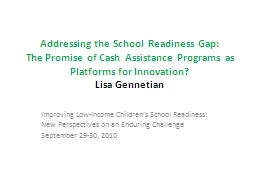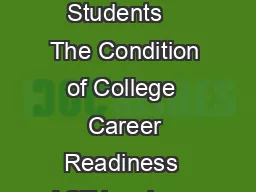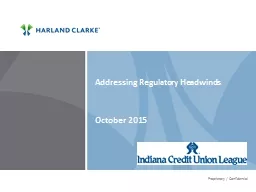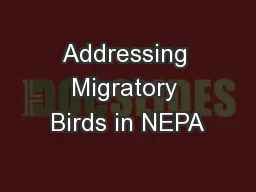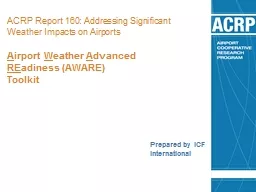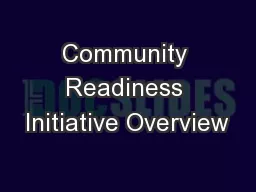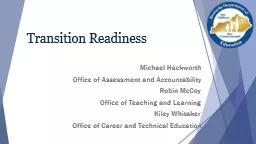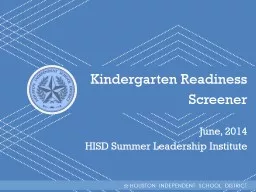PPT-Addressing the School Readiness Gap:
Author : kittie-lecroy | Published Date : 2016-11-30
The Promise of Cash Assistance Programs as Platforms for Innovation Lisa Gennetian Improving LowIncome Childrens School Readiness New Perspectives on an Enduring
Presentation Embed Code
Download Presentation
Download Presentation The PPT/PDF document "Addressing the School Readiness Gap:" is the property of its rightful owner. Permission is granted to download and print the materials on this website for personal, non-commercial use only, and to display it on your personal computer provided you do not modify the materials and that you retain all copyright notices contained in the materials. By downloading content from our website, you accept the terms of this agreement.
Addressing the School Readiness Gap:: Transcript
Download Rules Of Document
"Addressing the School Readiness Gap:"The content belongs to its owner. You may download and print it for personal use, without modification, and keep all copyright notices. By downloading, you agree to these terms.
Related Documents

